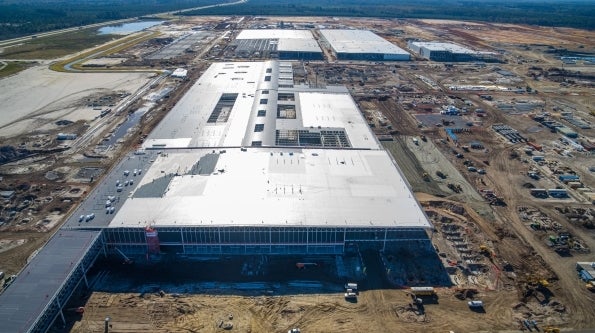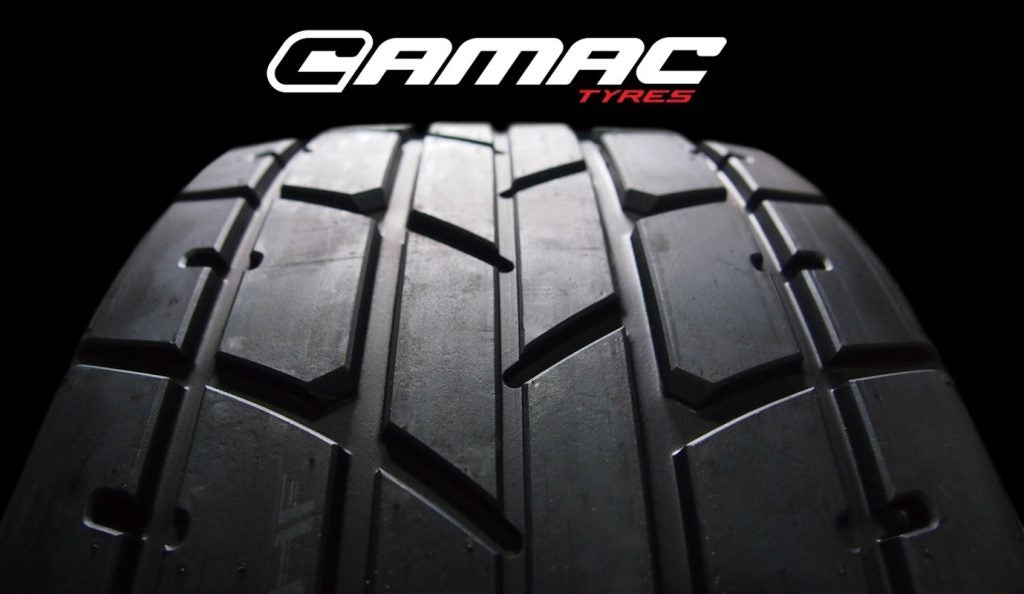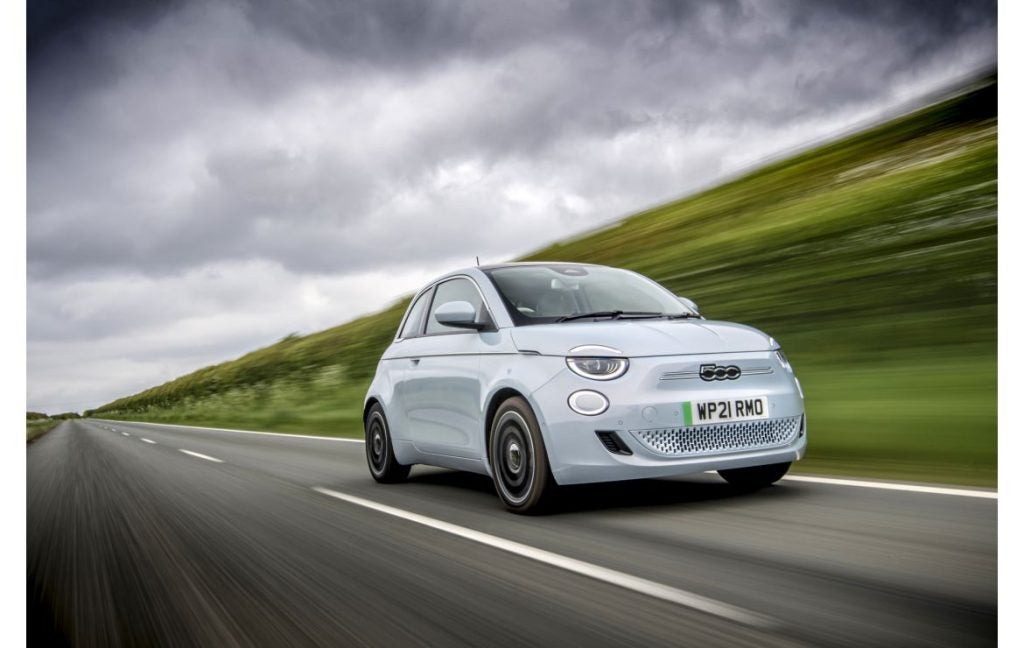Automatic transmissons maker Jatco said it had made 10m units of its CVT7 model in the 85 months since production started in July 2009.
The transmission was the world's first CVT with auxiliary gearbox designed for minivehicles and small front engine, front-wheel-drive (FF) vehicles.
Jatco said only two single-model CVT transmissions have achieved cumulative production volume of 10m units – the other was its JF011E CVT for medium-sized FF vehicles (JF011E) which passed the milestone in March 2014, nine years and 11 months after production started.
The CVT7 was the first of its type to combine a metal belt-type CVT with two-step auxiliary gearbox. Compared to previous CVTs in the same class, its transmission gear ratio coverage was expanded by more than 20%. It also successfully improved acceleration from stationary as well as quietness during high-speed driving. The introduction of the auxiliary gearbox reduced the diameter of the pulley so the CVT7 is 10% shorter in length and 13% lighter, making it more compact and lightweight than the previous model. The use of a small pulley and layout optimisation also helped reduce the stirring resistance of the oil, which in turn lowered friction by 30%.
Production has since expanded with growth in demand. Output in China started in April 2011, in Mexico in August 2012, and in Thailand in September 2013. Currently, around 60% are now made outside Japan.
Using the CVT7 as the basis, Jatco launched the CVT7 W/R in 2015 with an expanded transmission gear ratio coverage of 8.7, the largest available, as well as further improving fuel efficiency and drivability. The automaker has so far spent JPY45bn (US$0.4476bn) developing the transmission line.
How well do you really know your competitors?
Access the most comprehensive Company Profiles on the market, powered by GlobalData. Save hours of research. Gain competitive edge.

Thank you!
Your download email will arrive shortly
Not ready to buy yet? Download a free sample
We are confident about the unique quality of our Company Profiles. However, we want you to make the most beneficial decision for your business, so we offer a free sample that you can download by submitting the below form
By GlobalDataJatco claims to be the only supplier to offer a full CVT lineup for vehicles ranging from mini cars to 3.5-litre class vehicles its six factories; three of those in Japan alone. In 2015, it accounted for 41% of global CVT production.






